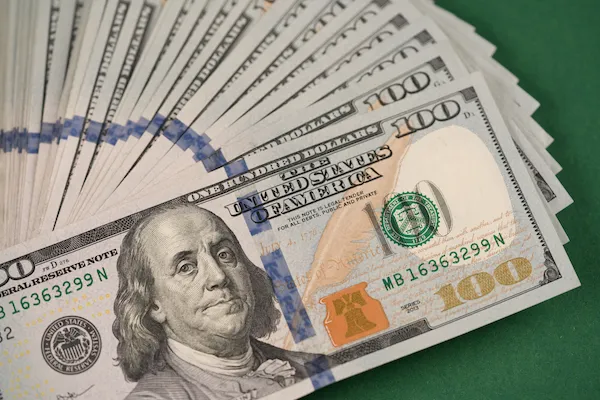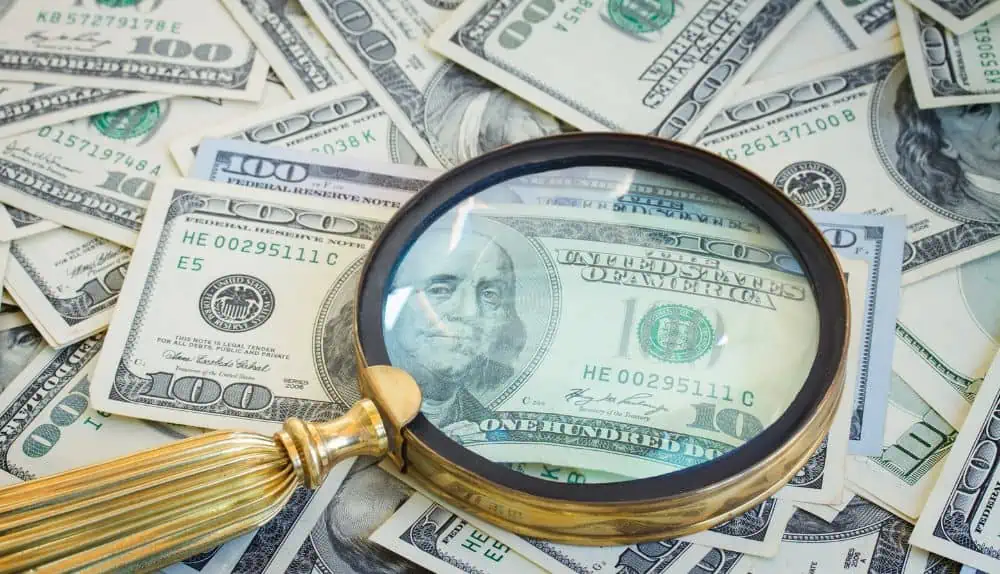
Counterfeiting—the distribution of fake money or counterfeit currency for an economy—is a specific kind of delusion. Advanced technology means more sophisticated counterfeiting methods, so it is becoming harder for the authorities to keep up. As counterfeiters become increasingly adept at producing convincing replicas, some individuals may be tempted to buy fake money, either for illicit activities or deceptive practices. The following information explores the appearance of fake money and its varying influence on an economy.
Counterfeiting Over the Years
Counterfeiting is a long-standing crime dating back to ancient civilizations. But the size and complexity of counterfeit operations have changed drastically. Previous copycats focused on basic tools and equipment. Today, with high-resolution printers and digital technologies, people can make thousands of very real-looking fake moneys. This makes it possible for counterfeiters to manufacture a much greater number of bills that can accurately reproduce real money, making them harder to detect.

Economic Consequences
The adverse effect of fake money in the economy is significant. Counterfeit cash is a betrayer of confidence in financial networks, which are essential for economic well-being. So, circulating counterfeit money means financial losses for the businesses and people that end up receiving it unknowingly. Small businesses, in particular, are at risk because they typically lack the expertise to catch phony bills and end up eating the loss. This can ultimately lead to higher prices for goods and services as businesses look for ways to make up their losses.
Law enforcement challenges
Identifying and impeding the actions of counterfeiters is a key issue facing law enforcement. Traditional detection methods are becoming increasingly irrelevant as counterfeiters employ more advanced tactics. Fake operations change over time, and law enforcement must adapt to current technologies, including training, to stay one step ahead of the criminals.
Precautions and Respective Solutions
Governments and financial institutions are on a roll to eliminate the increasing menace of counterfeit money. All current bills are also traceable and more secure than the old design, with advanced security features like holograms, watermarks and color-shifting ink. Similarly, a lot depends on public awareness campaigns to teach people and businesses how to detect that a specific currency is fake.
The economic impact intensifies as counterfeiters become more proficient in their craft. Some individuals may even attempt to buy fake money, further complicating the issue. For this reason, governments and businesses must come together to fix it so that we are all able to maintain the relative integrity of our financial systems for a healthy economy.








